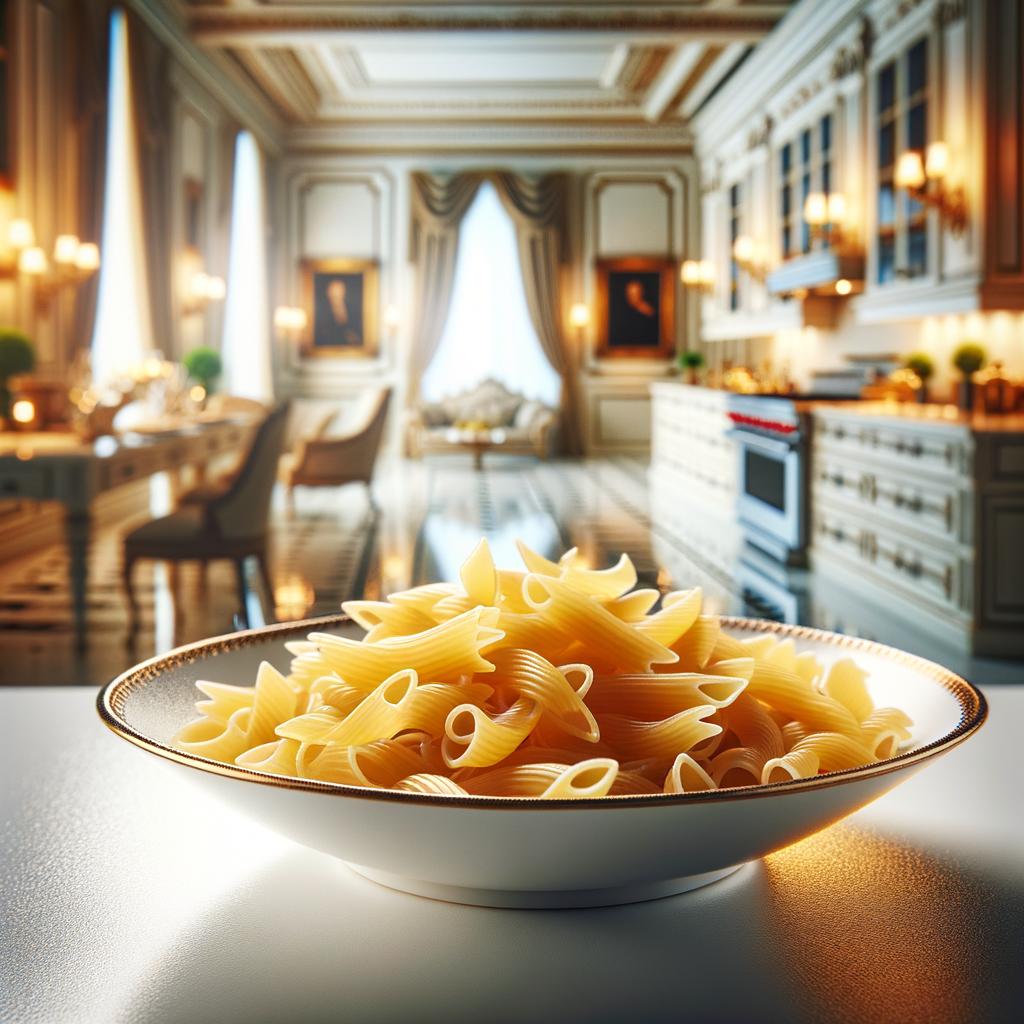Pasta

Description
Pasta, the beloved staple of Italian cuisine, is a versatile ingredient that has captured the hearts and palates of people worldwide. It comes in a myriad of shapes and sizes, from the slender strands of spaghetti to the delicate parcels of ravioli. The texture of pasta is typically firm yet tender, offering a satisfying bite, a quality Italians refer to as "al dente". Its flavor profile is relatively neutral, serving as a canvas for a variety of sauces and ingredients. What sets pasta apart from other similar ingredients is its adaptability. It can be dressed up or down, served in soups, salads, or as the main course, and can be made from a range of flours, each lending a unique characteristic to the final product.
Primary Uses
Pasta is a culinary chameleon, fitting seamlessly into countless dishes across various cuisines. In Italy, it is the star of the show in dishes like spaghetti alla carbonara, lasagna, and fettuccine Alfredo. Beyond Italy, pasta has found its way into the culinary traditions of many cultures, from the noodle soups of Asia to the pasta salads of America. Outside the culinary realm, pasta has been used in educational settings for arts and crafts due to its variety of shapes and sizes.
History
The history of pasta is as rich and varied as its shapes. While many associate pasta with Italy, its origins are believed to date back to ancient China. The romantic tale tells of Marco Polo introducing pasta to Italy upon his return from China in the 13th century, though this is widely regarded as a myth. Regardless, pasta's popularity in Italy soared in the 19th century with the advent of industrial production, making it accessible to all socio-economic classes. Over time, pasta has evolved from a simple peasant food to a universal symbol of Italian cuisine, celebrated in countless dishes around the world.
Nutritional Information
Pasta is a carbohydrate-rich food, providing a good source of energy. It also contains a modest amount of protein and is low in fat. Whole grain varieties offer a higher fiber content and a more significant amount of vitamins and minerals, such as B vitamins and iron, compared to regular pasta. Despite being a carbohydrate-dense food, pasta has a low glycemic index, meaning it causes a slower rise in blood sugar levels. As part of a balanced diet, pasta can be a nutritious and satisfying ingredient. However, it's the company pasta keeps - creamy sauces, cheeses, and processed meats - that often contribute to its reputation as a less healthy option. As with all foods, moderation is key.

